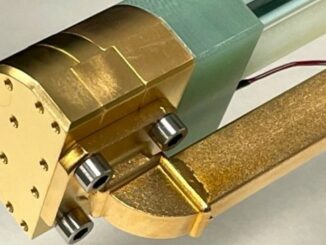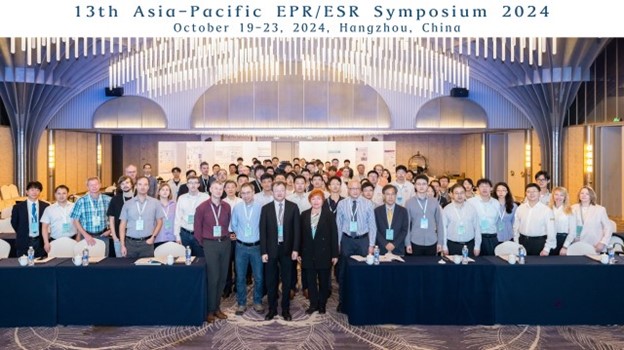
Despite its 80-year history, or perhaps because of it, electron paramagnetic resonance continues to be a hot item in the field of materials analysis today due to its ability to perform increasingly precise spectral measurements for an expanding assortment of uses and industries. Now, artificial intelligence is enabling fresh discoveries via EPR. The development comes from Chinese instrument firm Ciqtek, a specialist in high-sensitivity magnetic detection technology intent on spreading its expertise in the measurement of weak magnetic fields to a broad range of industries.
On October 19th, at the 2024 National Conference on Electron Paramagnetic Resonance Spectroscopy, Ciqtek unveiled a new series of EPR instruments that incorporates artificial intelligence capabilities and, according to the company, achieves the world’s highest signal-to-noise ratio of 10,000:1, marking a significant breakthrough in the field of EPR spectroscopy.
A technique that detects and studies molecules or atoms containing unpaired electrons by measuring the energy they absorb when exposed to a magnetic field and microwave radiation, EPR allows researchers to analyze the structure and dynamics of paramagnetic species within a sample. Essentially, it specifically identifies the presence of free radicals and certain transition metal ions in a system.
Magnetic field interaction is the key. The technique involves applying a magnetic field to the sample and then irradiating it with microwaves, causing the unpaired electrons to transition between energy levels, which can be detected. Applications have become widespread including chemistry, biology, materials science, and medicine to study the structure and dynamics of molecules with unpaired electrons such as investigating protein folding, detecting oxidative stress, and analyzing radical reactions.
Considered to be a thousand times more sensitive than nuclear magnetic resonance, EPR signals can identify impurities at levels as low as parts per billion. However, acquiring and analyzing EPR spectra poses various challenges, including low signal-to-noise ratios, multiple parameters, and complex models. Enter artificial intelligence (AI) and, specifically, innovations by Ciqtek.
The company has autonomous development capabilities for a full range of EPR spectroscopy and possesses key core technologies, laying a solid foundation in hardware and system integration. The newly unveiled product elevates the signal-to-noise ratio to 10,000:1, significantly enhancing accuracy. AI-EPR incorporates two core capabilities: AI-driven spectrum analysis and intelligent literature correlation. This can transform the way researchers conduct EPR studies, greatly improving research efficiency and precision, says the company.
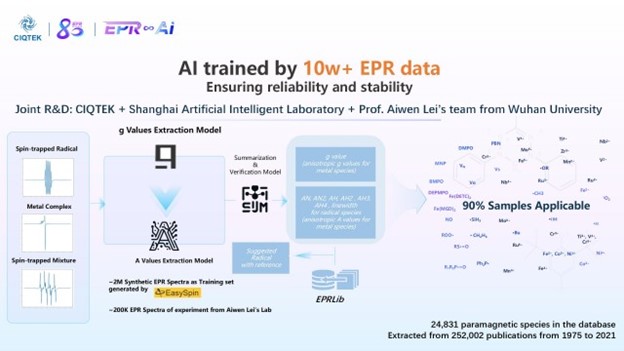
AIanalysis capability covering 90% of sample types reduces the complex analysis process from several hours or even days to just a few minutes. Through the “spectrum recognition and source searching” function, AI-EPR can automatically link to global literature databases, providing researchers with highly relevant academic resources. This feature not only accelerates knowledge dissemination but also facilitates interdisciplinary innovation and breakthroughs.
“The breakthrough achievement of AI-EPR not only enhances product performance in terms of hardware and software but also addresses the main challenges faced by current EPR technology,” said Dr. Xu Kebiao, vice president of Ciqtek at the conference in Hangzhou. “It is expected to stimulate new research directions and application scenarios, significantly enhancing China’s international influence in the field of Electron Paramagnetic Resonance spectroscopy.” In the future, the company’s EPR spectroscopy will uniformly support AI, he noted.

As Ciqtek now seeks to broaden its reach, it draws on an established line of instruments developed from its core expertise in magnetic detection. A few examples are shown here.
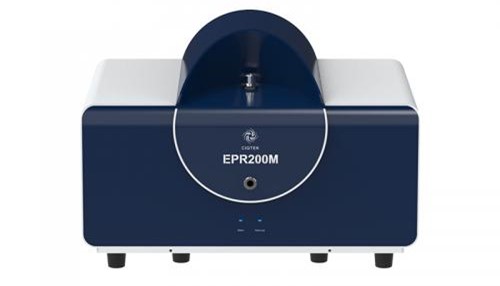
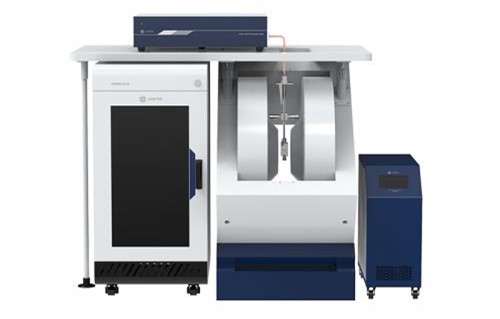
For more info, see www.ciqtekglobal.com.

